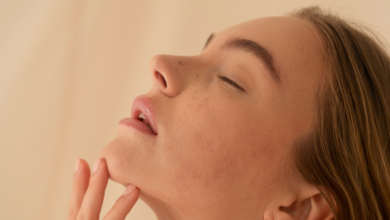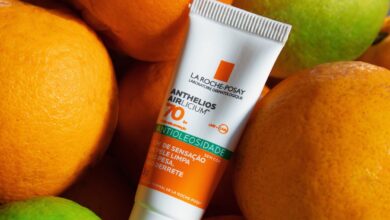
Dive deep into the world of chemical peels with Stylish.ae’s insightful guide. Unveiling the science, benefits, and potential pitfalls of this renowned skincare treatment, we break down the various types available, strengths, and how they fit into your beauty regimen. If a chemical peel is on your radar or you’re just keen to understand the buzz, our expertly researched piece has all the answers you need.
What Are Chemical Peels?
Definition
Chemical peels are cosmetic procedures that involve the application of a chemical solution to the skin. This solution exfoliates the top layers of the skin, leading to its peeling off and revealing a smoother, more youthful complexion underneath. Chemical peels can be performed on the face, neck, hands, and other areas of the body where skin rejuvenation is desired.

Types of Chemical Peels
There are different types of chemical peels available, each varying in strength and depth of penetration. The three main types include:
- Superficial peels: These peels use mild acids, such as alpha-hydroxy acids (AHAs) or beta-hydroxy acids (BHAs), to target only the outermost layer of the skin (epidermis). Superficial peels are generally gentle and have minimal downtime.
- Medium peels: These peels use stronger acids, like trichloroacetic acid (TCA), to penetrate the outer and middle layers of the skin (epidermis and dermis). Medium peels provide more noticeable results but require a longer recovery period.
- Deep peels: These peels utilize strong acids like phenol to reach the deep layers of the skin. Deep peels provide the most dramatic results but require extensive recovery time and are typically performed under controlled conditions.
Purpose
Chemical peels are designed to address various skin concerns and improve the overall appearance of the skin. Some common purposes of chemical peels include:
- Treating acne and reducing acne scars
- Minimizing hyperpigmentation and age spots
- Diminishing fine lines, wrinkles, and crow’s feet
- Increasing collagen production and improving skin elasticity
- Smoothing out skin texture and enhancing its radiance
- Tightening enlarged pores and reducing oiliness
How Do Chemical Peels Work?
Mechanism of Action
Chemical peels work by inducing controlled injury to the skin, which triggers the body’s natural healing response. The chemical solution applied during the procedure causes controlled damage to the skin cells, prompting the skin to shed its damaged outer layer. This stimulates the production of new skin cells, collagen, and elastin, resulting in a rejuvenated complexion.
Skin Layers Targeted
Depending on the strength and depth of the peel, chemical peels target different layers of the skin. Superficial peels primarily work on the epidermis, while medium peels penetrate into the dermis, targeting deeper skin imperfections. Deep peels can reach the lower dermis and can address more severe skin conditions.
Common Ingredients
Chemical peels use various types of acids as their active ingredient. Some commonly used acids in chemical peels include:
- Alpha-hydroxy acids (AHAs): Such as glycolic acid and lactic acid, AHAs are often used in superficial peels to exfoliate the outer layer of the skin and stimulate collagen production.
- Beta-hydroxy acids (BHAs): Salicylic acid is a common BHA used in chemical peels for its oil-soluble properties, making it effective in treating acne and unclogging pores.
- Trichloroacetic acid (TCA): TCA is a medium-strength acid used in peels that can target both the epidermis and the dermis. It is often used to reduce hyperpigmentation and improve skin texture.
- Phenol: Phenol is a strong acid used in deep peels to effectively treat deep wrinkles, scars, and severe sun damage. Due to its potency, phenol peels are typically performed under anesthesia and require a longer recovery period.

Benefits of Chemical Peels
Improved Skin Texture
Chemical peels can help improve the overall texture of the skin by removing dead skin cells and promoting cell turnover. This results in smoother, softer, and more even-toned skin.
Reduced Hyperpigmentation
Chemical peels are effective in reducing hyperpigmentation caused by sun damage, melasma, or acne scars. The exfoliating action of the peels helps fade dark spots and promotes a more even complexion.
Minimized Acne and Pore Size
Chemical peels, especially those containing salicylic acid, can effectively treat acne by unclogging pores, reducing oiliness, and preventing future breakouts. They also help minimize the appearance of enlarged pores.
Diminished Fine Lines and Wrinkles
Chemical peels stimulate collagen production, which can help reduce the appearance of fine lines, wrinkles, and crow’s feet. The renewed skin after a peel appears smoother and more youthful.
Increased Collagen Production
The controlled injury caused by chemical peels triggers the body’s natural collagen production. Collagen is essential for maintaining skin elasticity and firmness, resulting in a more youthful and plump complexion.
Who Can Benefit from Chemical Peels?
Skin Types
Chemical peels can benefit individuals with various skin types, including dry, oily, combination, and even sensitive skin. The type and strength of the peel should be selected based on the individual’s skin type and concerns.
Skin Concerns
Chemical peels are suitable for addressing a range of skin concerns, including acne, hyperpigmentation, fine lines, and dull complexion. However, individuals with severe skin conditions or infections may not be suitable candidates for chemical peels.
Age Considerations
Chemical peels can be beneficial for individuals of different age groups. Younger individuals may benefit from peels to treat acne or improve skin texture, while older individuals may seek peels to reduce signs of aging, such as wrinkles and sun damage.
Possible Side Effects of Chemical Peels
Redness and Swelling
After a chemical peel, it is common to experience redness and swelling in the treated area. This typically subsides within a few days but can be managed with proper aftercare.
Peeling and Flaking
Following a chemical peel, the skin will naturally peel and flake as part of the exfoliation process. This is a normal reaction and should be allowed to occur naturally without picking or forcefully removing the dead skin.
Temporary Skin Sensitivity
Chemical peels can leave the skin temporarily sensitive. Sun exposure and exposure to harsh products should be minimized during the initial healing period to avoid irritations and complications.

Hyperpigmentation or Hypopigmentation
In rare cases, chemical peels can lead to temporary changes in skin color. Hyperpigmentation (darkening) or hypopigmentation (lightening) can occur, but these side effects are generally temporary and improve over time.
Infection and Scarring
Although uncommon, there is a slight risk of infection following a chemical peel. It is crucial to follow proper aftercare instructions to minimize the risk of infection and potential scarring.
Preparation for a Chemical Peel
Consultation with a Dermatologist
Before undergoing a chemical peel, it is essential to schedule a consultation with a dermatologist or skincare professional. They will assess your skin type, concerns, and medical history to determine the most suitable peel for you.
Medical History Assessment
During the consultation, the dermatologist will ask about your medical history, including any allergies, previous procedures, or ongoing medications. This information will help ensure that the chemical peel is safe and appropriate for you.
Pre-Peel Skin Preparation
In some cases, the dermatologist may recommend a pre-peel skincare regimen to prepare the skin for the procedure. This may involve using specific skincare products or avoiding certain treatments before the peel to enhance the peel’s effectiveness and safety.
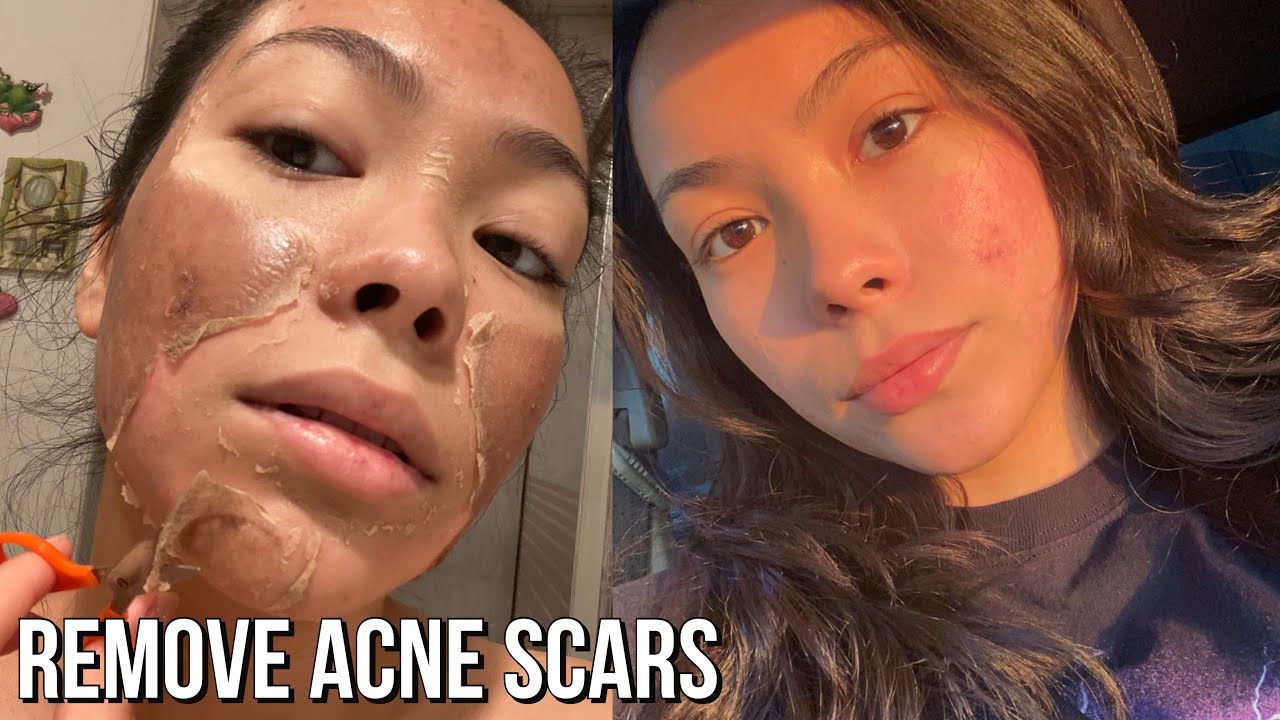
The Chemical Peel Procedure
Cleansing and Preparation
Before the chemical peel, the skin will be thoroughly cleansed to remove any makeup, dirt, or oil. This step ensures optimal penetration of the chemical solution and minimizes the risk of any unwanted reactions.
Application of the Chemical Solution
The dermatologist will carefully apply the chemical solution to the targeted area, ensuring an even and controlled application. The solution will remain on the skin for a specific duration, depending on the type and strength of the peel.
Duration and Sensation
The duration of the chemical peel procedure can vary depending on the type of peel being performed. Superficial peels usually take around 10-15 minutes, while medium and deep peels may take longer. During the procedure, a mild tingling or burning sensation may be experienced, which is usually temporary.
Neutralization and Post-Peel Care
After the desired duration, the dermatologist will neutralize the chemical solution and cleanse the treated area. Post-peel care instructions, including skincare products and sun protection, will be provided to support optimal healing and minimize side effects.
Aftercare and Recovery
Post-Peel Care Instructions
Following a chemical peel, it is crucial to follow the dermatologist’s post-peel care instructions. This may include avoiding sun exposure, using gentle skincare products, and applying moisturizers or serums recommended by the dermatologist.
Expected Downtime
The amount of downtime associated with a chemical peel can vary depending on the depth of the peel and individual healing abilities. Superficial peels may not require significant downtime, while medium and deep peels may involve several days to weeks of recovery.
Sun Protection
Protecting the skin from sun exposure is essential post-chemical peel to prevent complications and maintain the results. Sunscreen with a high SPF should be worn daily, and protective clothing should be used when outdoors.
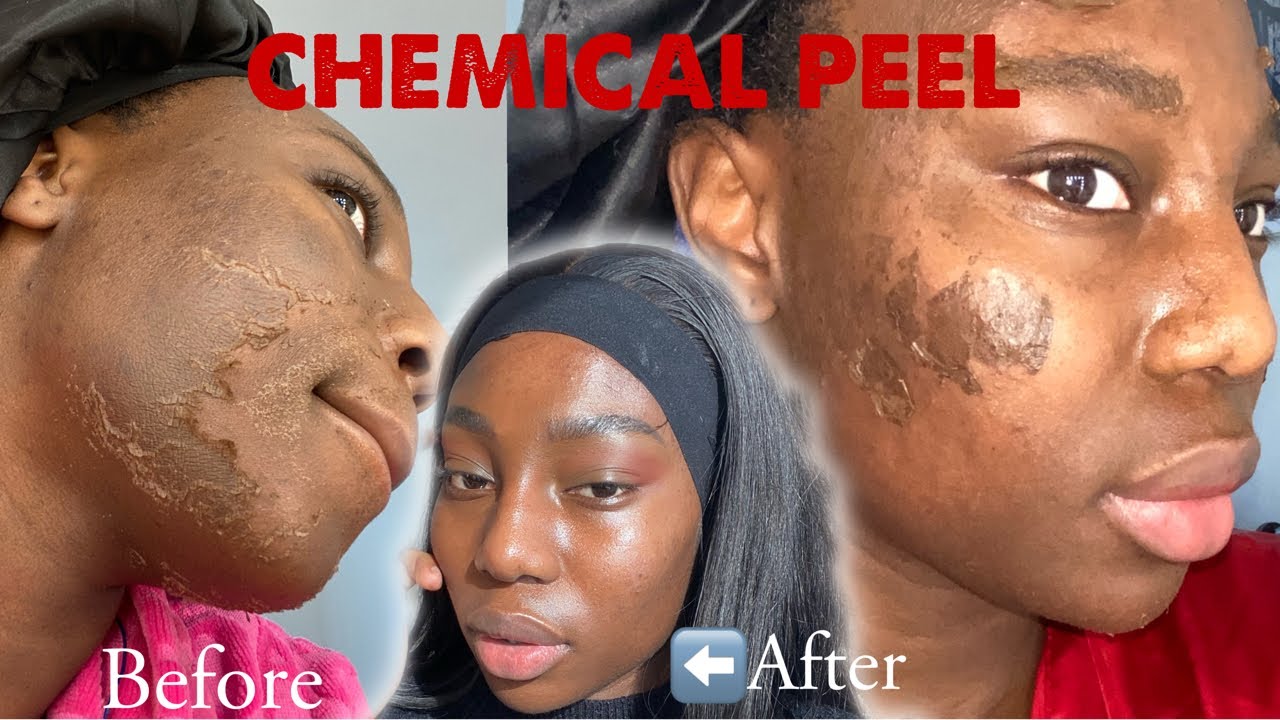
Choosing the Right Chemical Peel
Consulting with a Professional
To ensure the best results and minimize the risk of complications, it is advised to consult with a dermatologist or skincare professional before choosing a chemical peel. They will evaluate your skin condition, concerns, and goals to recommend the most suitable peel for you.
Skin Analysis and Evaluation
During the consultation, the dermatologist will assess your skin through a comprehensive analysis. This may involve examining factors such as skin type, texture, pigmentation, and any existing skin conditions to determine the appropriate chemical peel.
Peel Strength and Depth
The choice of peel strength and depth depends on the severity of the skin concerns and desired outcome. Superficial peels are milder and provide subtle improvements, while medium and deep peels offer more significant results but require a longer recovery period.
Alternatives to Chemical Peels
Microdermabrasion
Microdermabrasion is a non-chemical exfoliation technique that uses handheld devices to gently remove the outer layer of dead skin cells. It can improve skin texture, reduce fine lines, and promote a more youthful appearance.
Laser Resurfacing
Laser resurfacing treatments use concentrated beams of light to remove damaged skin cells and stimulate collagen production. It can address various skin concerns, including wrinkles, scars, and pigmentation issues.

Dermabrasion
Dermabrasion is a procedure that uses a rotating brush or diamond-tipped instrument to exfoliate the outer layers of the skin. It can be effective in treating acne scars, fine lines, and uneven skin texture.
Topical Treatments
Topical treatments, such as retinoids, vitamin C serums, and chemical exfoliants, can be used as alternatives to chemical peels. These treatments can improve skin texture, reduce signs of aging, and address specific skin concerns when used regularly and as directed.
In conclusion, chemical peels offer a wide range of benefits for individuals looking to improve their skin’s overall appearance. By understanding how chemical peels work, the potential side effects, and the importance of proper preparation and aftercare, individuals can make informed decisions to achieve optimal results. Consulting with a dermatologist or skincare professional is key to determining the most suitable type and strength of the peel based on individual skin type, concerns, and goals. While chemical peels are highly effective, alternative treatments such as microdermabrasion, laser resurfacing, dermabrasion, and topical treatments can also be considered. Ultimately, the choice of treatment should be made in consultation with a professional to ensure safety and optimal results.
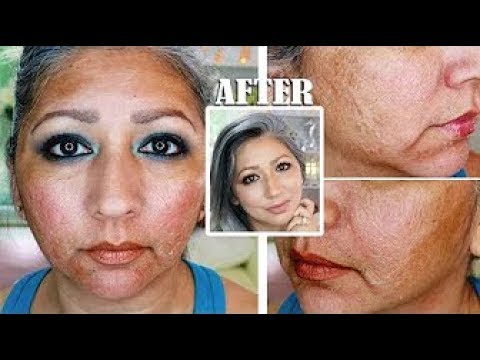
Paula’s Choice SKIN PERFECTING 25% AHA + 2% BHA Exfoliant Peel Review(Opens in a new browser tab)
THE ORDINARY AHA 30% + BHA 2% Peeling Solution, 30ml Review(Opens in a new browser tab)
THE ORDINARY AHA 30% + BHA 2% Peeling Solution Review(Opens in a new browser tab)


